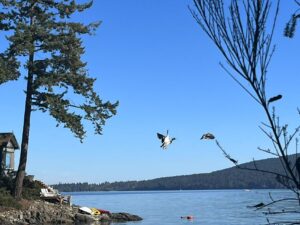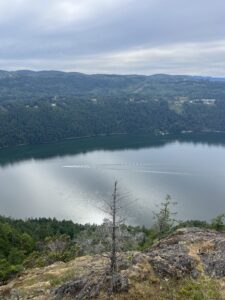I recently dove into a module focused on Open Pedagogy and Open Educational Resources (OER), plus some global trends and ethical considerations around them. I have to say, this feels like a natural continuation of the whole “making education inclusive and fair” journey I’ve been on. Here’s what’s been on my mind!
What is Open Pedagogy?
Open Pedagogy is about shaping a learning process where students aren’t just passive absorbers of information but active creators and collaborators. Think of it like a group project where everyone has unique roles. Instead of a single instructor throwing facts at students, the class builds new knowledge together—through discussions, shared resources, or co-developed assignments.
When I picture an ideal Open Pedagogy scenario, I see a space where we can remix materials from different sources—like updating a Wikipedia entry or co-writing an open textbook chapter. Each person’s contribution adds flavor. It’s a big shift from one-way lecturing, and it just feels more lively and empowering.
The Impact of OER
Enter Open Educational Resources (OER)—these are free and openly licensed materials (like textbooks, lesson plans, or videos) that anyone can use, adapt, or share without worrying about massive costs or complicated permissions. It’s a game-changer for a lot of reasons:
- Affordability: Traditional textbooks can be pricey, and not everyone can keep up with the ever-updating editions. OER basically kicks that financial hurdle out of the way.
- Flexibility: Teachers can customize material to match their learners’ backgrounds, while students can explore content in a form that works for them (like text, audio, or interactive websites).
- Inclusivity: Because the resources are open, more people have access, which narrows educational gaps (love that vibe!).
If you ask me, the best part is how OER helps people learn at their own pace and style, while saving money. It feels pretty rad to see education becoming more accessible and personalized.

Global Trends and Challenges
Globally, I’m seeing more countries and institutions giving OER and Open Pedagogy serious attention. Some universities require faculty to release course materials under open licenses, and nonprofit groups fund translation of these resources so they can benefit learners across the globe.
But it’s not all roses:
- Internet and Tech Gaps: Not everyone’s got stable Wi-Fi or up-to-date devices, so open content can still be tough to access.
- Quality Checks: With everyone able to create or remix, ensuring accuracy can be tricky. Peer reviews and community feedback help, but that process needs consistent effort.
- Localization: A resource from one culture might need adjusting to fit another region’s educational norms or language. It’s extra work, but worth it for a truly global exchange of ideas.
Still, I find these challenges sort of energizing—like a call to collaborate more and be flexible.

Why Creative Commons Licensing Matters
A big part of OER (and open culture in general) is Creative Commons Licensing. This is what lets us share stuff while avoiding legal gray areas. Quick example: if I make a slideshow and slap a CC BY-SA license on it, people can remix or adapt it however they want, as long as they credit me and keep their new version open for others. It’s a shared gift that keeps on giving.
Understanding these licenses is huge because it shows us how to share responsibly—like, can someone commercialize it? Do they have to keep it free? Should they always credit me? All spelled out in the license. It’s clear and fair.
Real-Life Example
I recently discovered a physics professor who made an open-access textbook with interactive quizzes. Students can download the text for free, or even translate it for non-English speakers. They then share those translations under the same open license. It’s this awesome cycle—no giant barriers, and everyone benefits. That’s the spirit of Open Pedagogy right there: knowledge is built and rebuilt together.
Wrapping Up
So, diving into Open Pedagogy and OER has left me feeling excited about the future of education. When we pool our talents and creativity, the possibilities for truly inclusive and equitable learning are endless. Sure, there are bumps in the road—tech gaps, licensing complexities, and cultural differences—but I see all of that as a chance to collaborate better and figure out new solutions.
In the end, Open Pedagogy isn’t just about zero-cost textbooks or shared online slides; it’s about a mindset where everyone can participate in learning, teaching, and contributing. And honestly, I think that’s what education’s all about—everyone’s voice matters, and we all help each other grow.






 Taken during the summer of 2018
Taken during the summer of 2018 Taken during the summer of 2018
Taken during the summer of 2018 Taken in the autumn of 2020
Taken in the autumn of 2020